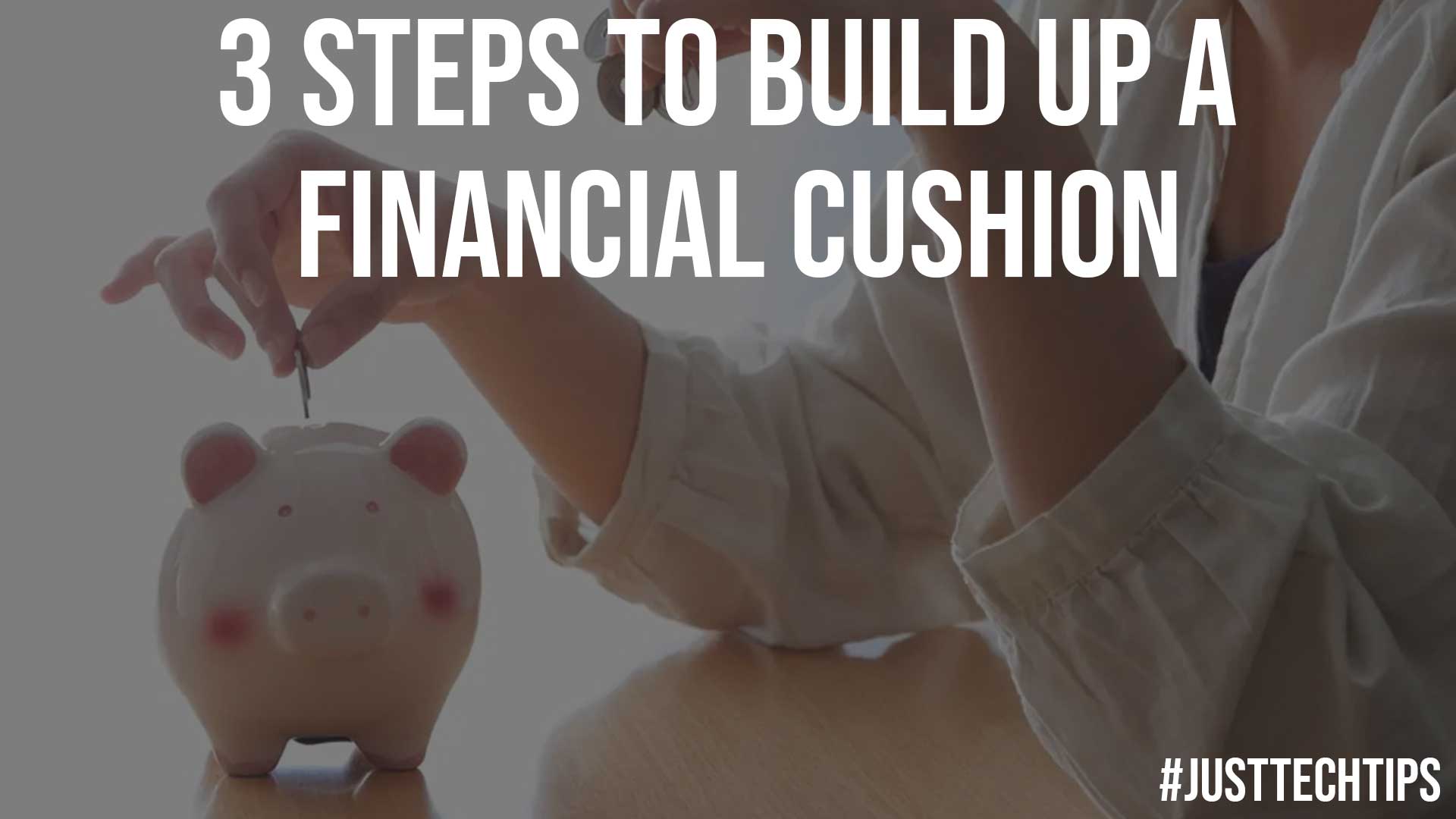A financial cushion also referred to as an emergency fund, is simply a rainy day fund – a comfortable amount of money intended to maintain financial security and guarantee survival in adverse life circumstances. Without financial support, we are utterly defenseless against unexpected turns of life.
Therefore, creating a financial cushion is the first step on the road to wealth and personal financial freedom.
Indeed, there are other ways to protect your financial situation, ranging from life insurance policies to additional income sources or even inheritance cash advance, which you can learn more about at https://probateadvance.com.
However, only an emergency fund will help you keep your nerve, ensuring that you will not have to borrow money or grab the first job offer you see when in dire circumstances.
You do not have to earn a lot to start saving money. In fact, you can build an emergency fund even if you think there is nothing extra in your budget.

Here is how you can do it in just three simple steps!
Determine the Size of Your Emergency Savings
As the general rule of thumb, the financial cushion should be calculated based on the number of months that you want to spend living off the money that you managed to put aside. Its minimal size is the sum of your essential expenses from three to six months.
It is crucial to start building a cushion considering your monthly expenses, not income. Here is a list of expenses that you should take into consideration.
- groceries
- household items
- utility bills
- commuting costs
- fuel and car maintenance
- mortgage and other debt payments
- other necessary payments (medical expenses, kindergarten, etc.)
If until this very moment you have not been tracking your spendings, you should make sure to at least partially recover your credit card payments history – it will help you determine your essential expenses, as well as the expenses that you can cut.
Make sure to start keeping a record of your personal finances by using your online banking or a more convenient app that is meant to help you track your spending habits.
Also Read: A Short Guide On How To Start A Business
Start Saving Money
It is not easy to start saving money when living from paycheck to paycheck, but there is always a way. Once you have set your financial goals, you can follow the following tips to start building up your emergency fund!
- Save money as soon as you receive it. Instead of planning savings on a residual basis, it would be more beneficial to switch to paying yourself first – saving money immediately as they appear in your bank account. Make sure to allocate a sum that you will be able to remove from your budget – usually, it should be around 5 – 10% of your monthly income.
- Gradually increase the pace. If setting aside 10% of your income turns out to be a really challenging task, it is better to start from 5% and do it consistently. Raise the bar only when you get used to set aside that amount of money.
- Automate your savings. It may be challenging to get used to set aside the required amount of money immediately after receiving it due to various reasons. For instance, you might keep on postponing doing this till the end of the month (when it turns out you have no money left) or simply forget about it. Automating the process will help you make this process as smooth and unnoticeable as possible. You can set up automated payments from your credit card, and the bank itself will transfer the specified amount of money to a separate savings account.
Choose Where To Store the Money
It is crucial to choose the most convenient and secure way to save your money, so make sure to think about it in advance. Moreover, ensure that you will have immediate access to that money when needed.
Whether you decide to keep your financial cushion at home or fully transfer it to your checking account or a top-up deposit, from where you can quickly withdraw money if necessary, there is always a risk of a robbery or some other unfortunate event.
Thus, the most secure solution is to split your emergency fund and store it in a few different ways to ensure that you will not lose everything at once.
Also Read: 10 Proven Tips For Starting A Business Abroad
Conclusion
An emergency fund is a must if you want to stay financially secure while dealing with unexpected situations. It is not money that is set aside for planned purchases, such as buying a car or an apartment, and it is not a sum that you can invest in stocks or spend while going on your next vacation.
Remember that life is unpredictable, and it is vital to take care of your financial security months or even years in advance. If you do not have a financial cushion yet, start creating it right now, without waiting for the next month, the next year, or a raise.